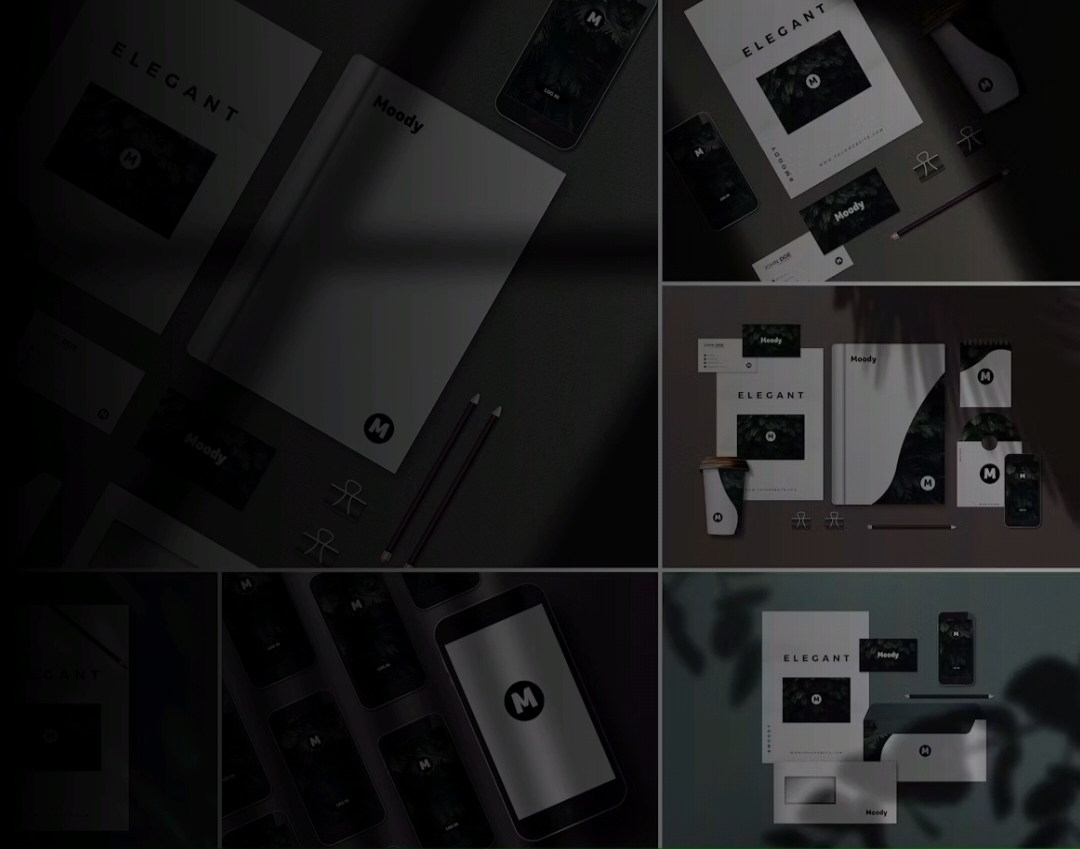Guy Kawasaki talks on professional PowerPoint presentation templates
By now, you’ve most likely heard of Guy Kawasaki’s 10 pitch deck slides. The majority of people in the startup world with even a smidgeon of experience have. However, if that isn’t the case for you, this article is a must-read.
One of the most popular Professional PowerPoint presentation templates is Guy Kawasaki’s 10 pitch deck slides. That’s because his 10 maximum slide count for an efficient 20-minute presentation is based on established knowledge and exact science. One of the most incredible moves you can make is following Kawasaki’s design of a great pitch deck.
Guy Kawasaki
Guy Kawasaki is best recognized as a venture capitalist and one of the world’s top tech and marketing experts, but he’s also a well-known author in the startup scene. He’s renowned as Apple’s and Canva’s chief evangelist. Guy, a prominent figure in Silicon Valley, was in charge of Macintosh’s marketing in 1984. He also served as a consultant for Google’s Motorola subsidiary. People identify him as the author of The Art of the Start 2.0 right away. As a result of all of this, he’s one of our three-pitch deck theorists you shouldn’t miss.
He has his podcast and is a Mercedes-Benz brand ambassador as a natural speaker. His education includes a BA from Stanford, an MBA from UCLA, and an honorary doctorate from Babson College. Guy Kawasaki is also a college lecturer, so trust us when we say he knows his stuff regarding pitches.
What is a Pitch Deck?
If you’re unfamiliar with the term, a pitch deck is a professional PowerPoint presentation template presentation designed to raise funding. The purpose of these presentations to venture capitalists or other types of investors is to help small firms achieve profitable expansion. A pitch deck is a flow of slides in a presentation that outlines your company’s mission, vision, and business plan. A great pitch deck usually consists of 10 to 20 slides and should include crucial information about your company to entice prospective investors. A pitch deck can be used on stage, but it may also need to be emailed or given in a private office.
As an entrepreneur, having a strong pitch deck might differ between a successful firm and a failure. Suppose you want a more customized result to wow your audience. That’s why it’s so important to get this correctly. This document is a tool for the type of funding that a business typically requires to stay afloat and expand. Through a pitch deck presentation, potential investors seek to learn everything there is to know about a CEO and a firm. And a good pitch deck will get all of those folks together for an actual investment meeting. To accomplish this, a pitch deck must be both educational and engaging. Its primary purpose is to leave the audience eager to learn more about the presenter and their company.
Pitch Deck Templates
There are a plethora of free pitch deck templates available on the internet. However, based on your final goal and the market in which you plan to establish your new business, determine which one is best for you. The 10 pitch deck slides created by Guy Kawasaki are among the best free pitch deck templates available. Kawasaki’s key rules for pitch decks are an excellent starting point in this regard.
Guy Kawasaki’s 10 slides pitch deck rules
Guy Kawasaki’s three main rules for pitches are as follows:
- A pitch should consist of 10 to 15 slides.
- The presentation should not exceed 20 minutes in length.
- It should be typed in a typeface no smaller than 30 points.
Let’s get down to business and go over Guy Kawasaki’s pitch deck professional presentation design together.
Slide #1
The first slide is where you introduce yourself. It should include your company’s name, tagline, and contact information. Make sure everything is up to current and that you’ll react as soon as possible. Your primary link with potential investors will be the lines of communication you build here.
Slide #2
The difficulty slide is the second slide in the pitch deck. If you want to put it that way, call it your chance. Whatever method you choose to see and identify it, be sure to make it as straightforward as possible and concise in your description. If you can, include examples to make the situation more accessible to your readers. Your efforts in presenting this should persuade your audience to empathize with and believe in your company’s core objective.
Slide #3
Now it’s time to talk about the value proposition. In a single phrase, describe who you are and what you do. Don’t say anything more than a sentence. You can do this by comparing what you do to something that everyone is familiar with. The objective is to pass a clear message. Consider something along the lines of “we’re the Uber for pets” or anything similar. This slide should pique an audience’s interest and make them want to hear everything else you have to say.
Slide #4
Underlying magic is described on the fourth slide of a Guy Kawasaki pitch deck proposal. Basically, you get to brag about your product or service here.
Slide #5
Explain your business model on the fifth slide. Be open and honest about your numbers and plan. In this respect, investors should know what they’re looking at in terms of your business concept.
Slide #6
Talk about your market plan on slide number six. This is an opportunity to show how well you know your target consumer and how you intend to persuade them to purchase your goods. Define the various routes you’ll employ to entice and enthrall them. This presentation should demonstrate how you intend to secure the consumer relationship on both sides.
Slide #7
The following step is to conduct a competitive analysis. Demonstrate that you have a thorough understanding of your competitors. This should make it easier to explain what makes you unique. Define how you’ll take advantage of your own and your competitors’ strengths and weaknesses.
Slide #8
In terms of showing your team, the eighth slide should be a show-stopper. Though having beautiful professional photos of them will assist, you also want to make a good impression by highlighting the fantastic team you have. Emphasize their strengths, pertinent background stories relevant to your sector, and that one-of-a-kind quality that makes them your best asset.
Slide #9
Make space for your financial forecasts and critical metrics now. Be humble and realistic about your numbers and aspirations while you do so.
Slide #10
The tenth and final slide in Guy Kawasaki’s pitch deck is where you give your audience hope. Be specific about the money you need to do what, precisely, with what you raise as you describe your current position, successes, and how you predict future growth.
You can download the free templates here: Free Slides
Overall, we hope you understand why Guy Kawasaki’s pitch deck template is a good starting point. It should be a dependable resource for investors to see everything your startup has to offer.
Contact our presentation design studio for personalized and top-notch corporate presentation help if you want a more customized result to wow your audience.
Related Content: How to make PowerPoint Presentation using Jeff Bezos’ top 5 ideologies.






